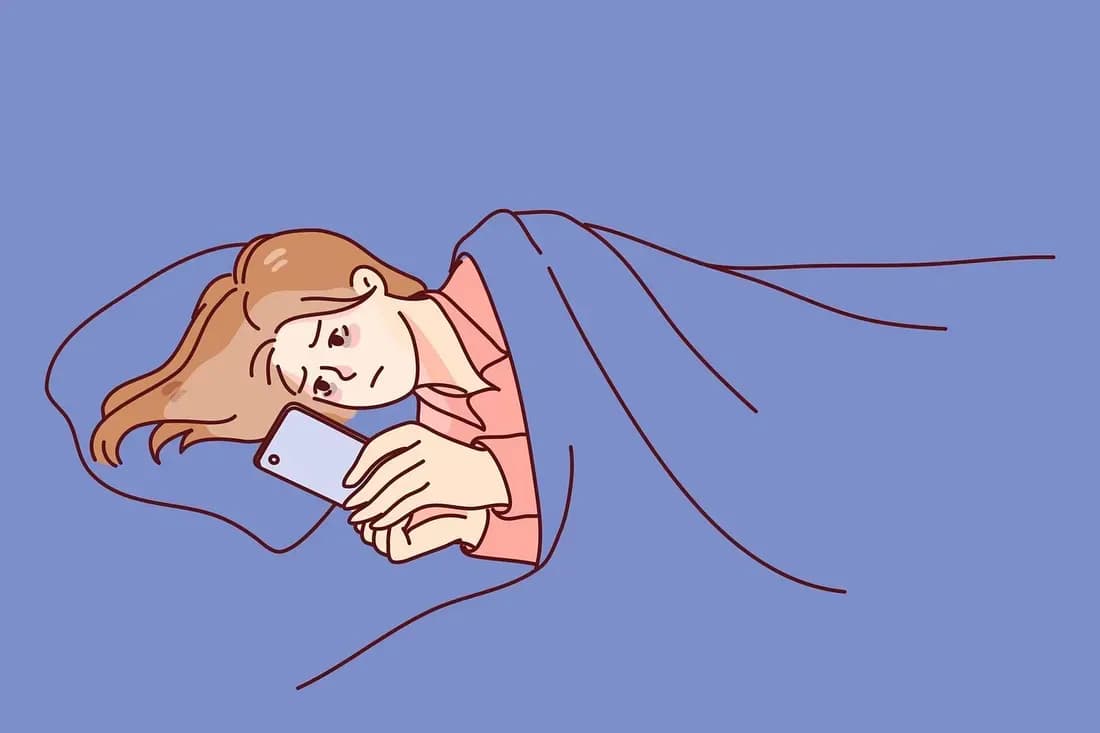8 Apps to Use Instead of Doomscrolling on Your iPhone

what is doomscrolling, really?
We’ve all been there: you open your phone “just to check one thing,” and before you know it, you’re deep in a dark hole of negative news, social media rants, and headlines that stress you out. That’s doomscrolling, the habit of endlessly scrolling through bad news or negative content. It doesn’t make you feel better. In fact, research shows that overconsumption of negative media can worsen anxiety, depression, or just leave us worn out.
So, instead of fighting your impulse by sheer willpower, what if you replace that scrolling habit with something healthier? That’s where apps designed to interrupt or redirect your screen habits come in.
Below are 8 iPhone apps you can try each with a different flavor. Use one or a few, see what fits. These aren’t magic bullets, but they help.
1. One Sec Pause before you dive in
This is one of my favorites. Every time you open a “trigger” app (say Instagram, Twitter, or news apps), One Sec makes you pause by asking for a deep breath or inserting a micro delay. That tiny moment can snap you out of autopilot mode.
According to 9to5Mac, the app forces you to make a conscious choice before you start doomscrolling.
In one user discussion, someone said:
“It has significantly reduced my muscle memory of launching Instagram and Twitter over and over.”
So it doesn’t block everything. It just forces you to think twice.
2. No Scroll - Set limits before you open
No Scroll lets you choose a time limit before opening an app like TikTok or Instagram. Once you hit the limit, the app locks itself for a few minutes. ([Apple][3])
This is a bit like telling yourself: “I’ll allow 5 minutes of scrolling, then stop.” The difference is — the app helps you enforce that boundary.
3. Freedom - The classic blocker across devices
If you need something robust, Freedom is a veteran in this space. It allows you to block certain apps and websites, set schedules, and sync across your devices (Mac, iPad, iPhone). ([Tech.co][4])
On Tech.co’s list of anti-doomscrolling apps, Freedom is named “Best overall” because of flexibility and custom blocklists. ([Tech.co][4])
If your doomscrolling habit extends across devices, this might help unify your control.
4. Forest - Grow a forest when you behave
This one is more playful: when you want to stay off your phone, you “plant a seed” in the Forest app. As long as you don’t leave the app (i.e. don’t go scroll), your tree grows. If you leave, the tree dies. You literally build a forest of focus time instead of a forest of news. It adds a little gamified reward for staying off.
5. Opal - A digital wellbeing coach
Opal works with your iPhone and Mac to block distracting apps and help you schedule “focus sessions.” They claim average users save 1 hour 23 minutes daily with Opal. It’s more than a blocker, it acts like a coach, giving you feedback and nudges.
6. Aware - Group and block mindfully
Aware uses Apple’s Screen Time APIs to let you group apps and block groups. ([Apple][6])
It’s a lighter tool, so you may pair it with others. But if the built-in Screen Time feels clunky, Aware might give you more control in a simpler way.
7. brainrot - Visual feedback on what you do
brainrot is more playful and even a little dramatic: you have a brain avatar that “decays” when you overuse apps you mark as “brainrot apps.” The idea is: your digital behavior is made visible. Many users report feeling more aware, and 94% say they feel less distracted. It adds a visual consequence, not just numbers.
8. STAAAP — Use physical action to block
STAAAP takes a clever route: to block your distracting apps, you need to scan a physical QR code. That small physical step breaks the “reflex to open the phone.” ([Apple][8])
It’s like putting a little barrier between impulse and action.
How to pick (and make it stick)
It’s tempting to try all of them. But here’s a simpler approach:
- Start with one or two. Experiment a week with One Sec and Forest, for instance.
- Pair them with small habits: turn off notifications, set “no phone zones” (like the dinner table), or add a journal habit.
- Track progress. Many of these apps offer stats. You’ll see how much time you saved (or wasted).
- Don’t expect perfection. Some days you’ll slip. That’s okay. What matters is gradually shifting habits.
In design research on digital self-control, tools that introduce friction (delays, confirmations, physical barriers) or make things visible (tracking, feedback) are more effective than just promises.
Also, an interesting newer direction: a system called MindShift used large language models to create context-aware nudges (boredom, stress, etc.) and saw smartphone use drop ~7–9%. In other words: the better the prompt, the stronger the effect.
Final thoughts
Doomscrolling isn’t wrong in itself we all want to stay informed. But when it consumes your time, mood, and rest it’s time to intervene.
The apps above don’t ask you to delete social media forever. They help you insert choice and control back into your day. And that’s powerful.
If you want, I can test which ones are best for people in India, or ones with free vs paid tiers, and send you a smaller “starter pack.” Want me to narrow it down for your use (student, work, etc.)?